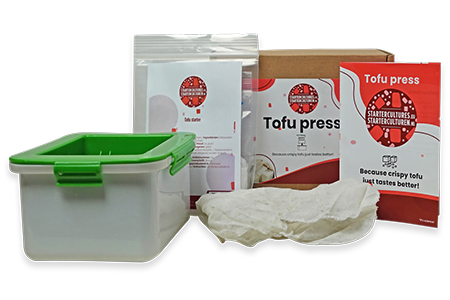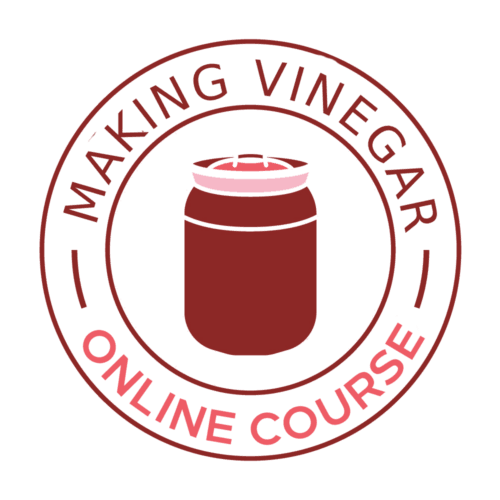All the benefits of vinegar (plus an easy recipe for making your own vinegar)
Category: fermentation,Learn
Vinegar, used for centuries in kitchens and households around the world, is both versatile and fascinating. In this article, we’ll tell you what exactly vinegar is, what varieties there are, how to use it, whether it’s as healthy as they say it is and, of course, how to make it yourself.
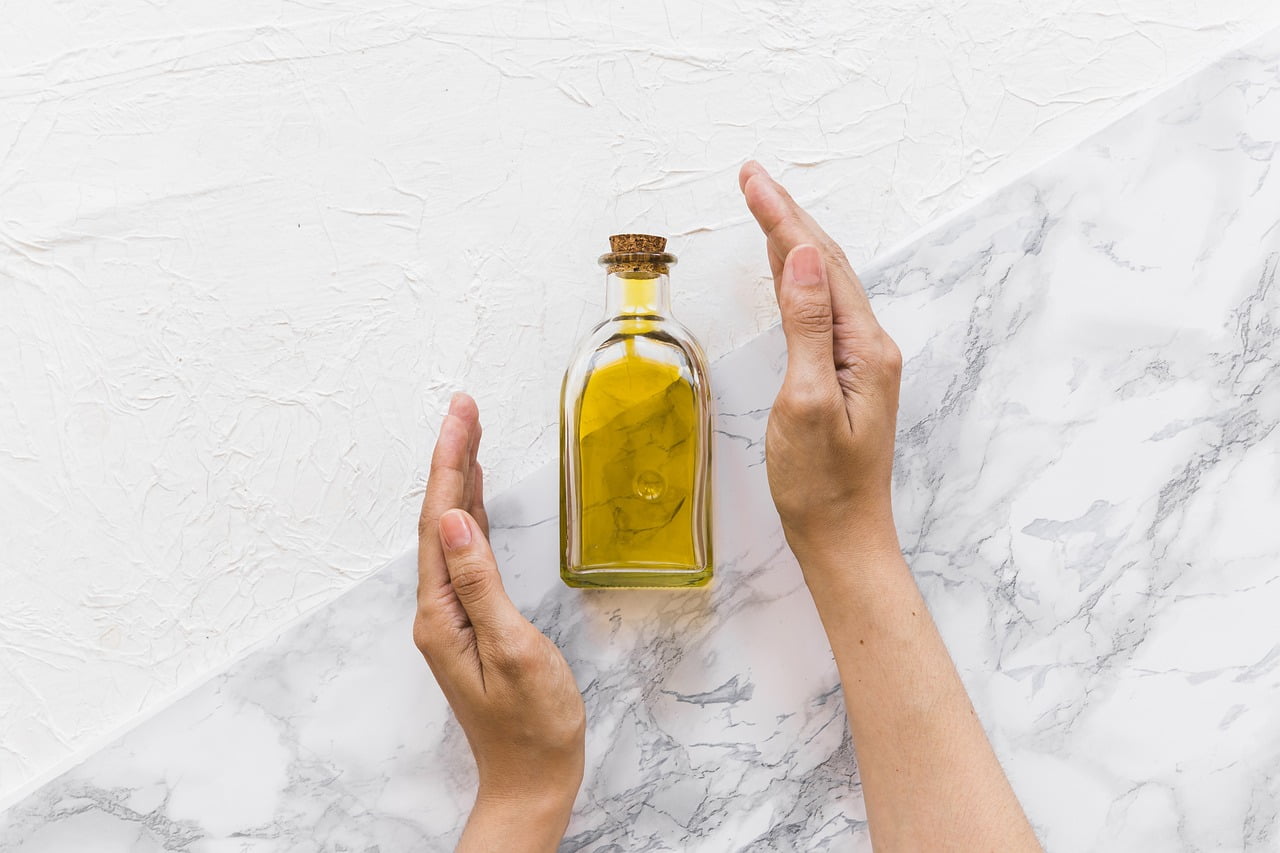
What is vinegar?
To begin, what exactly is vinegar? Vinegar is a liquid created by the fermentation of ethanol (alcohol), in which acetic acid bacteria convert the alcohol into acetic acid. This process creates a sour taste that characterizes vinegar. So although it is made from alcohol, it does not contain alcohol.
History of vinegar
The history of vinegar goes back thousands of years. It was used not only as a food, but also for preservation, healing and even cleaning. In ancient Egypt, vinegar was used for mummification, and in ancient Greece it was used for medicinal purposes. The Romans drank posca, a drink made by mixing water, vinegar and wine. It was refreshing, but less nutritious, alcoholic and tasty than wine. It was a typical drink for soldiers, the lower classes and slaves.
What does vinegar taste like?
The taste of vinegar ranges from subtle and mild to intense and biting, depending on the source and fermentation process. Apple vinegar, for example, is known for its relatively mild and fruity taste, while pickling vinegar is mostly very sharp and acidic, with no additional flavors
Well-known types of vinegar and their differences.
Each type of vinegar has its own unique profile and uses. Here are five popular types of vinegar and their characteristics:
Each type of vinegar brings its own unique flavor and properties, making them suitable for different culinary uses. Choosing the right vinegar can elevate a recipe and add an extra dimension of flavor.
The microbiology behind vinegar
The fermentation process of vinegar involves several stages. First, yeast cells convert the natural sugars in the sweet liquid (such as grape juice) into an alcoholic beverage such as wine.
Then acetic acid bacteria take over, gradually converting alcohol into acetic acid.
This process can be affected by factors such as the type and concentration of alcohol base, fermentation temperature, and specific strains of acetic acid bacteria.

Do you need a specific mother for each type of vinegar?
While different different ‘mothers’ exist, you can make apple cider vinegar using a white wine vinegar mother, or vice versa. It’s unlikely you will be able to taste the difference and the microbes inside of the mother will not really care either. Please do keep in mind that a red wine or sherry mother will add some color to a white wine or apple cider vinegar.
Four ways to improve your cooking using vinegar
Vinegar is an incredibly versatile ingredient in the kitchen and can be used in a variety of ways to enhance your cooking. Here are five ways vinegar can enrich your dishes. Click to read more.
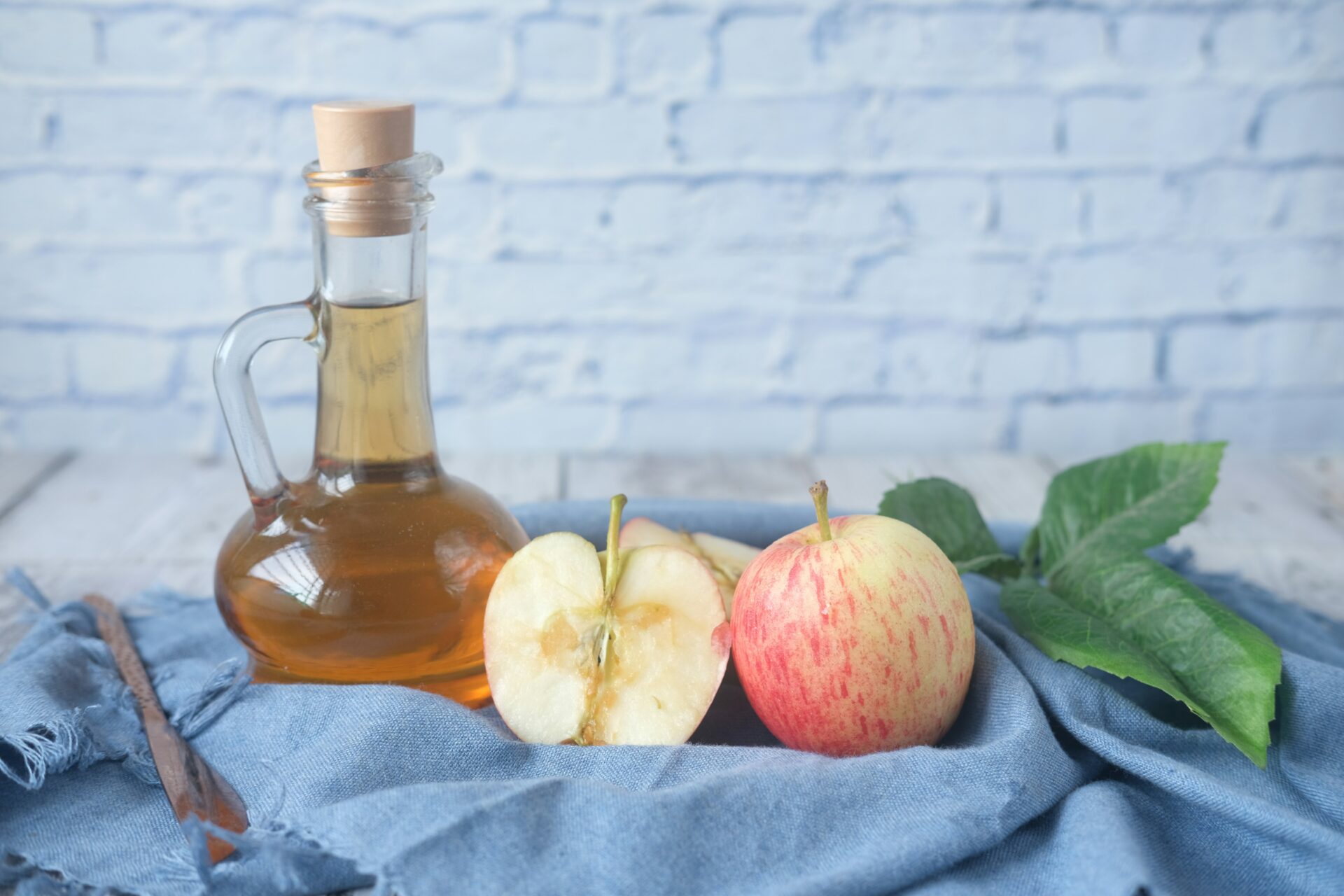
Is (apple cider) vinegar healthy?
Apple cider vinegar (often abbreviated to ACV) is often touted for its health benefits, but it is important to separate the facts from the fiction. Here are some claims and the scientific findings about apple cider vinegar.
In short, use (apple) vinegar simply to cook delicious food with, but not because you want it to make you healthier.
How to make your own vinegar at home (easy!)
Making your own vinegar is not difficult at all, but it often fails if you just mess around. Follow this recipe and you can hardly go wrong. All you need is some leftover wine or cider.
- 1
Choose an alcoholic base, such as wine or apple cider. Try to avoid beer, especially if it contains a lot of hops (such as IPA). Preferably do not use juices or (apple) peels, because their fermentation still has to take place first, and especially at this stage things often go wrong. The alcohol content should be no more than 10%, and preferably towards 5-6%. Dilute with water if necessary.
- 2
Add about 10% of a vinegar mother, also called a vinegar starter. Often this contains a gelatinous layer, but it does not have to. You can add an apple cider vinegar mother to wine, or vice versa.
- 3
Allow the mixture to ferment in a warm, dark place for several weeks to months.
- 4
Taste and smell frequently. The liquor will start to smell more and more like vinegar. If you smell glue, it means the fermentation is underway but not yet finished.
- 5
Strain the vinegar and store it in clean bottles.
- 6
Save 10% for another batch.
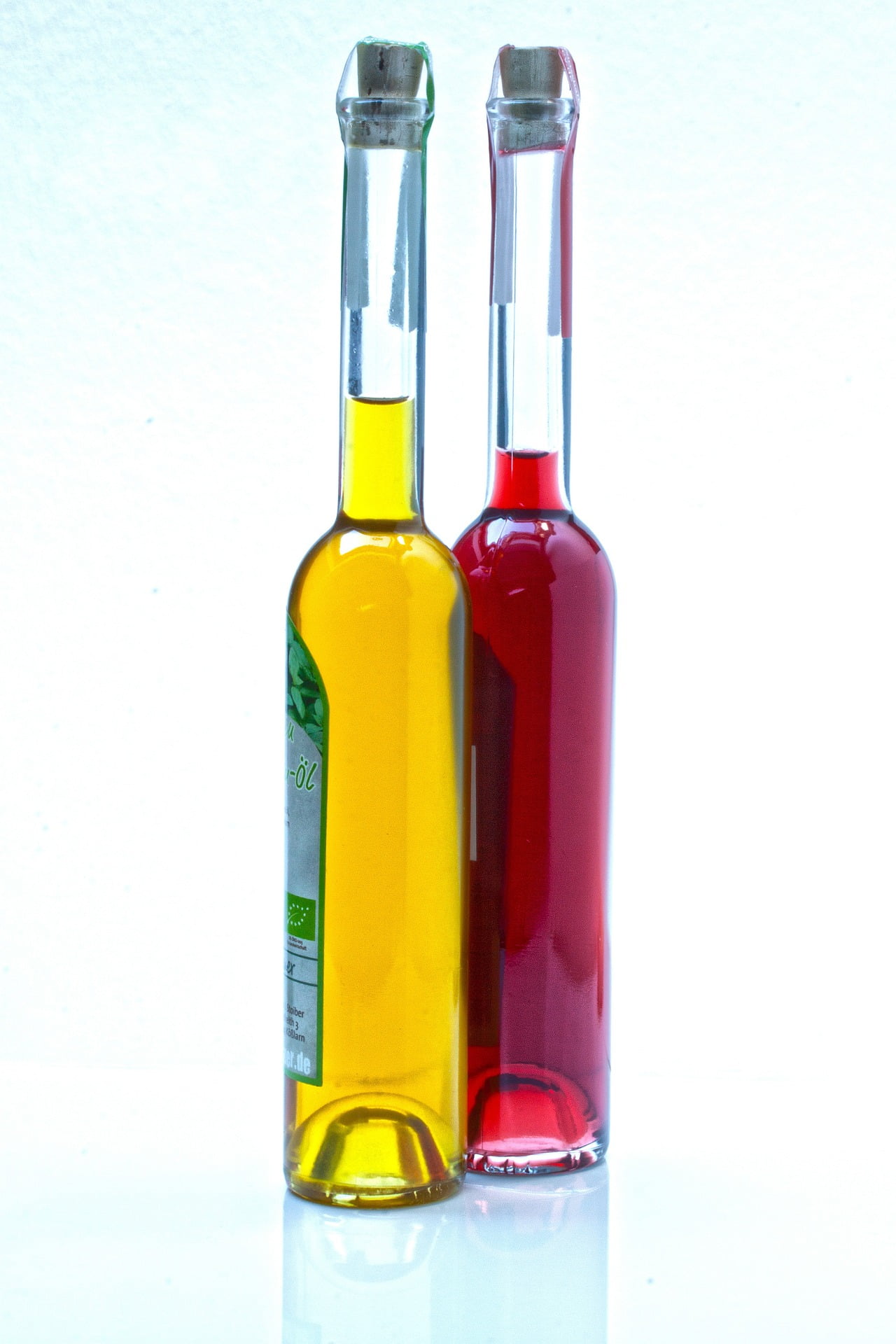
How to add flavor to vinegar
Vinegar is an excellent carrier of flavors because of its acidic properties and ability to extract and retain flavors from other ingredients. This makes it an ideal medium for making infused vinegars, such as garden herb vinegar or citrus vinegar.
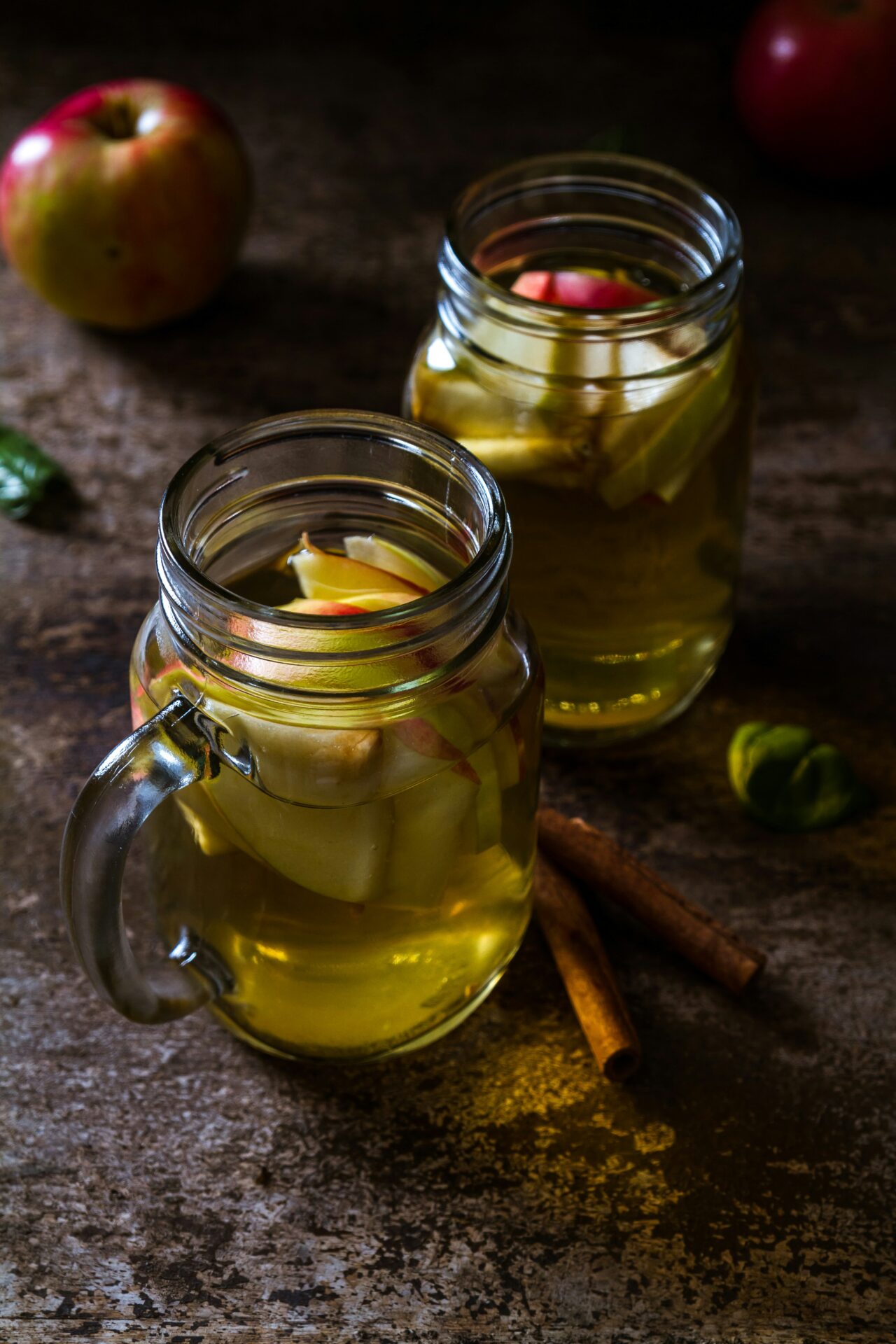
- 1
Choose Your Herbs: start by choosing fresh garden herbs. Popular choices are rosemary, thyme, oregano and basil. You can also add garlic, peppercorns or citrus peels for extra flavor.
- 2
Sterilize Your Bottle: Make sure your bottle is thoroughly clean and sterilized. This will help preserve the vinegar longer.
- 3
Prepare Herbs: Wash the herbs and pat them dry. You can leave the herbs whole or lightly bruise them to release more flavor.
- 4
Fill the Bottle: Put the herbs in the bottle. The amount depends on how strong you want the flavor to be.
- 5
Add Vinegar: Pour vinegar over the herbs until they are completely covered. White wine vinegar or apple cider vinegar work well because of their mild flavor.
- 6
Let it cure: Close the bottle and leave the vinegar in a cool, dark place. The infusion process usually takes several weeks. Shake the bottle occasionally.
- 7
Strain and Store: Strain the vinegar to remove the herbs and pour the infused vinegar back into the bottle. Store in a cool, dark place.
Want to learn more? Take our vinegar course
Learn to Make Your Own Vinegar with culinary writer Meneer Wateetons. Making vinegar is a true celebration for fermentation enthusiasts. Yeast turns sugar into alcohol, and acetic acid bacteria transform that alcohol into acetic acid — a double fermentation process!
Once you understand how this works, and how to harness the power of these microorganisms, you’ll be able to create your own vinegar in endless variations. From red to white, from cider to sherry, and even balsamic. For the more adventurous, the course even covers how to make innovative vinegars such as tea, kombucha, or even coffee vinegar (!).
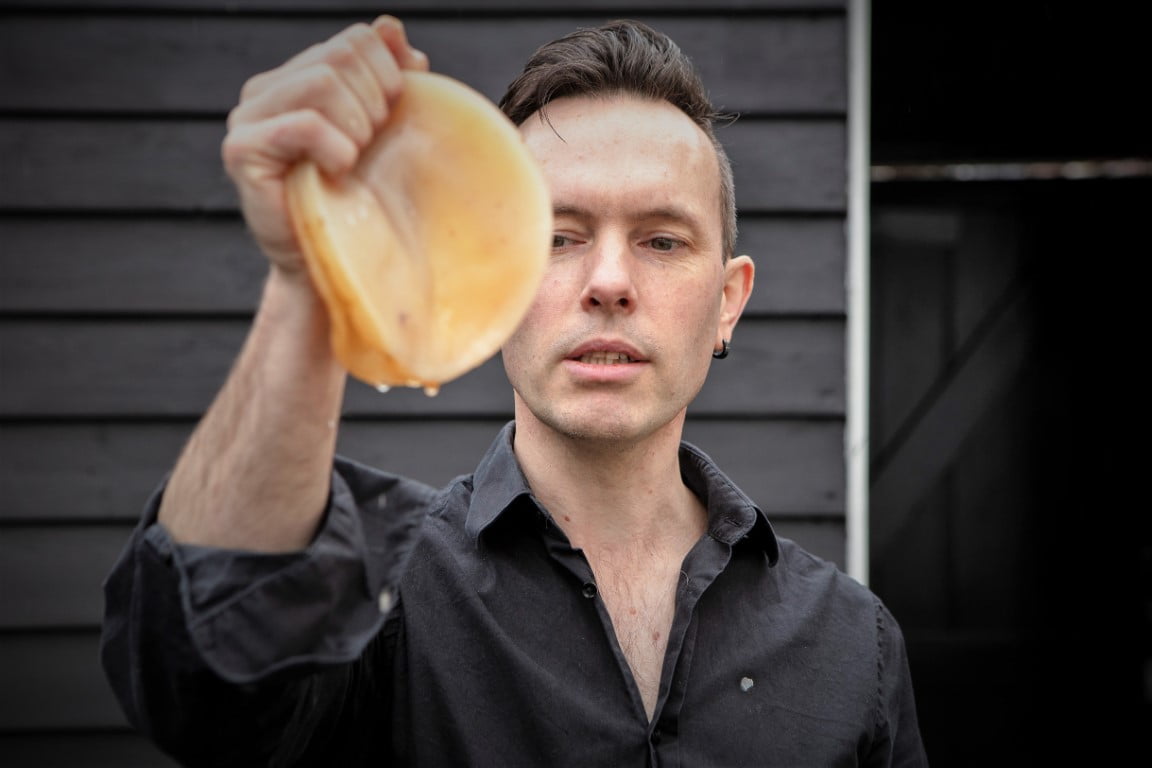
About the author (Meneer Wateetons)
Meneer Wateetons (a pseudonym derived from the name of his blog, which literally means ‘Mr. what-eats-us’) is a renowned Dutch food writer, PhD scientist, teacher, fermentation expert, sausage maker, and the owner of startercultures.eu. He has written nine books on culinary topics such as fermentation, alcohol production, sausage and charcuterie making, and deep-frying. Through his books, (online) courses, and corporate trainings, he has shared his knowledge with countless hobby cooks, chefs, and food professionals. Learn more about Meneer Wateetons.
Related Posts

How to make cheese (including a recipe)
How do you make cheese? In this blog post we will teach you the basics of cheese making, including a recipe for your first Gouda style cheese!
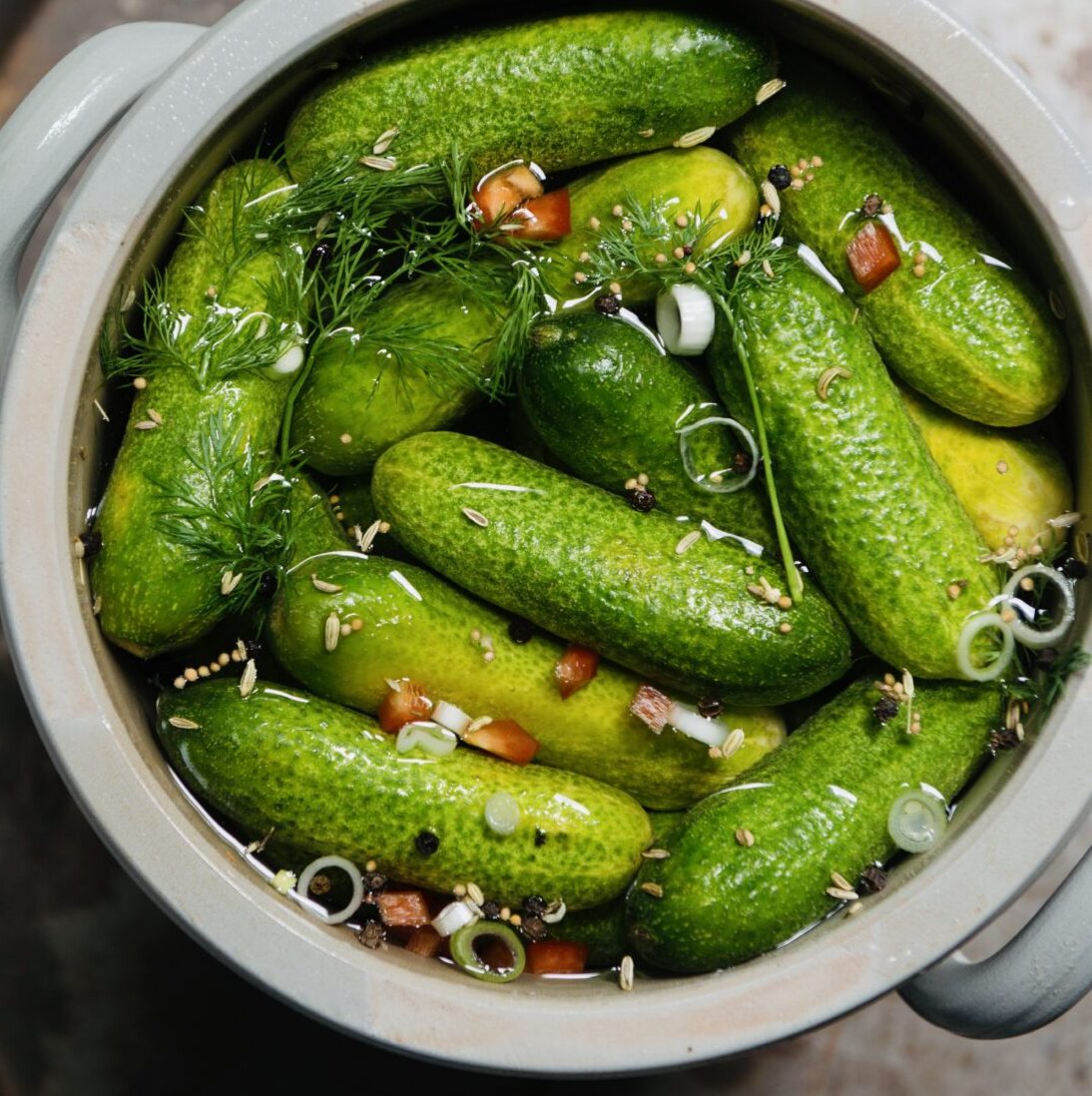
How to make your own real fermented pickles
Learn how to make your own crunchy fermented pickles. Easy recipe with tips, variations, and answers to common questions.
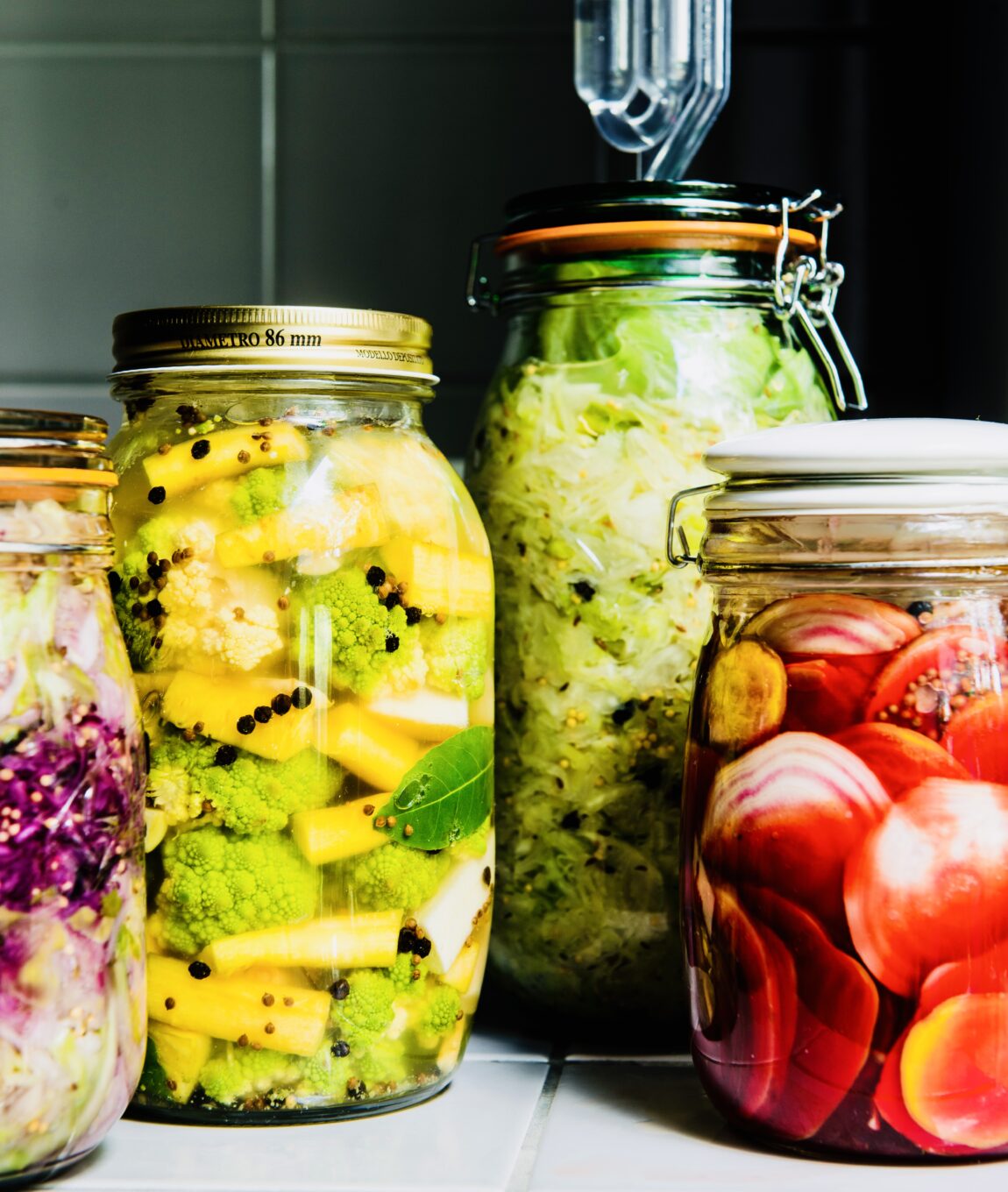
How to Ferment Vegetables: A Beginner’s Step-by-Step Guide
Learn the simple art of vegetable fermentation. This guide covers the science, the right salt ratio, and includes an easy sauerkraut recipe to start your first successful ferment today.


